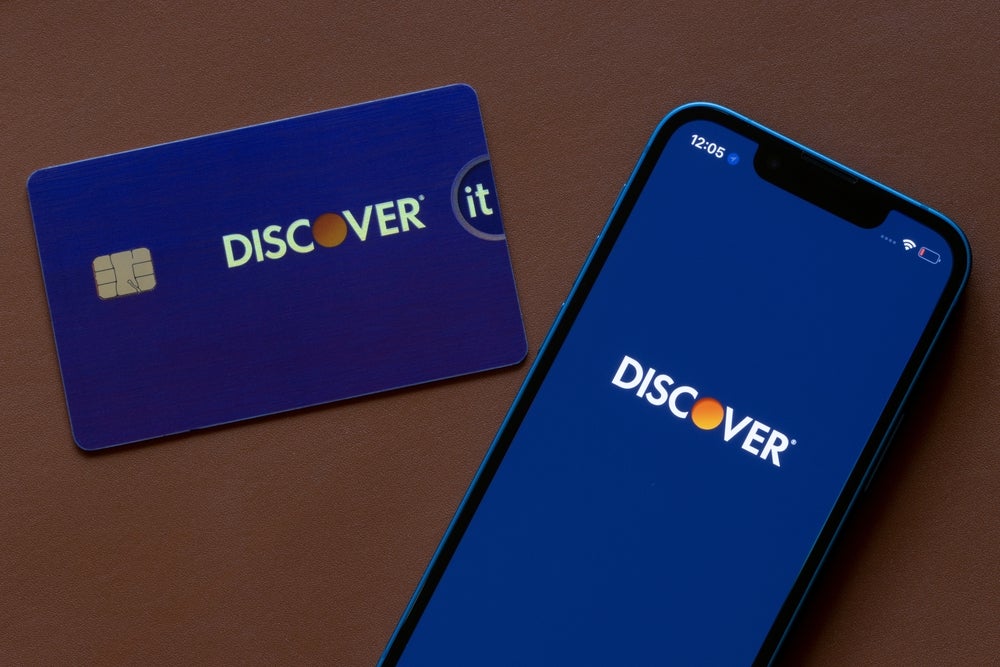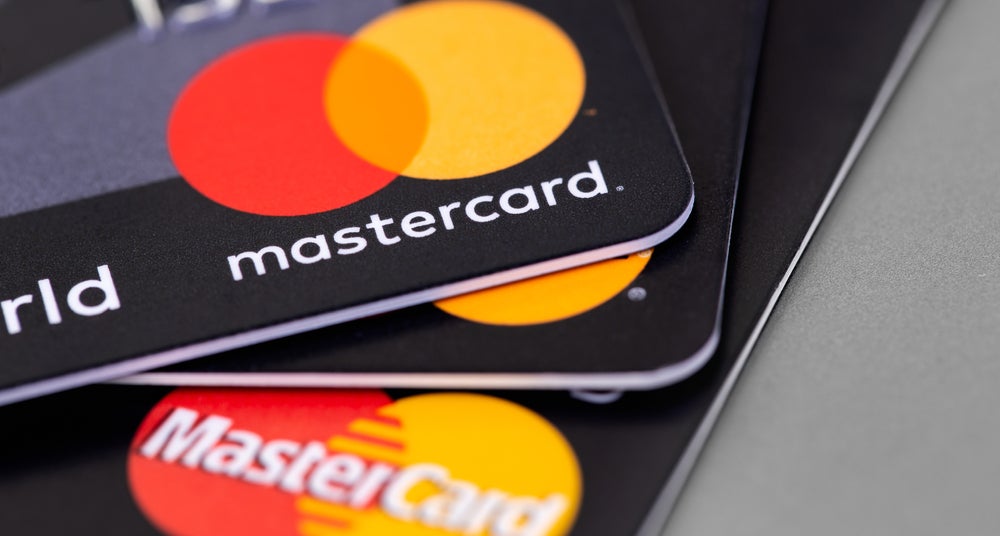As one of the hottest topics in the cards and payments
industry, with a lot of impetus from some of the largest payment
processors behind it, prepaid cards have a lot to live up to.
CI takes a look at both the strengths and weaknesses from
the perspective of the issuer and cardholder.
 Italy is Europe’s
Italy is Europe’s
largest prepaid market and certainly a major success story for the
prepaid industry. In the country general-purpose open-loop
propositions are the dominant prepaid form factor, and are issued
as stand-alone products by banks. In most European markets,
including the UK, the dominant form factor is the closed-loop gift
card model.
But in countries such as Germany,
Belgium, Austria and the Netherlands, prepaid or e-money
applications have long co-existed on debit cards, allowing
cardholders to use their debit cards as traditional transactional
tools, but also allowing them to top-up the prepaid application for
use at prepaid acceptance points such as transit and toll
locations.
Examples of such prepaid add-on
propositions include Germany’s Geldkarte and Chipknip in the
Netherlands, which are included as standard on bank-issued debit
cards. According to Currence, the owners of Chipknip, in 2008 the
number of Chipknip transactions rose by 0.7% from 2007 to 176m
transactions.
Currence estimates that there will
be a significant increase in the number of Chipknip transactions
over the next few years, which will primarily come from payments of
less than €20 ($29) and at the expense of cash.
How well do you really know your competitors?
Access the most comprehensive Company Profiles on the market, powered by GlobalData. Save hours of research. Gain competitive edge.

Thank you!
Your download email will arrive shortly
Not ready to buy yet? Download a free sample
We are confident about the unique quality of our Company Profiles. However, we want you to make the most beneficial decision for your business, so we offer a free sample that you can download by submitting the below form
By GlobalDataChipknip is mostly used in the
parking, vending and catering sectors, which account for 80% of
Chipknip payments.
In 2008, 95m Chipknip transactions
were made in the catering and vending sectors, including unmanned
and self-service locations, while 46m payments were made in the
parking sector. The average Chipknip transaction in 2008 amounted
to €2.74.
Although Germany had over 81.02m
cards classed as e-money in circulation at the end of 2008, only a
small proportion of debit cardholders utilise the prepaid
application – it is estimated that there are only around 140,000
stand-alone prepaid cards in circulation in the country.
Adding value
 Stand-alone prepaid
Stand-alone prepaid
propositions are relatively few in number in these markets, and
industry players are sceptical that prepaid will gain any
significant traction given that debit card payment is
long-established and already used for low-value transactions.
In Germany in particular, laws
require banks to provide banking services to all of the country’s
citizens, meaning that technically there is no unbanked segment,
one of the key target groups for prepaid.
According to a 2008 study from the
Boston Consulting Group, the European prepaid market accounts for
20% of total value loaded onto prepaid cards worldwide and of that
overall load%age, 85% is concentrated in only five countries –
Italy, UK, Germany, France and Spain.
Exact figures for the number of
prepaid cards in the UK are not available, as most cards are issued
by programme managers and not banks, but industry players estimate
that there are around 5m cards in issue, the vast majority being
the closed-loop gift card model.
Italy remains the largest market in
Europe in terms of stand-alone prepaid card numbers and in
spending, but France and the Czech Republic also demonstrate
healthy growth rates for both metrics.
Greece too is witnessing a surge in
prepaid popularity, despite prepaid only being rolled out into the
market over the last couple of years.
The main challenge for prepaid from
an issuer’s perspective is how to make profit from prepaid cards.
The revenue margins on prepaid are not as high as they would be on
a credit card or on other cards, so there is a need to find out how
to increase the value proposition.
The right point of
view
 One of the areas
One of the areas
prepaid has enormous potential is to easily provide banking
services to the unbanked.
To this extent, Middle Eastern
growth regions such as Dubai and the Gulf Co-operation Council
(GCC) provide a unique market where the majority of the population
is from the Indian sub-continent and from abroad, and a lot of
those people are classed as unbanked.
This should be driving a need to
compare and develop and define the best ways to go out and approach
those segments.
With prepaid cards available for so
many different purposes, it is perhaps prudent to look at it more
as a platform than a specific card type, for example payroll is
very different to gifting, which is again different to foreign
exchange cards.
This means it actually makes more
sense to perhaps view each different type of prepaid system in its
own right, as opposed to judging the entire platform on the
successes of its open loop propositions for example.
There has been a lot of reluctance
by banks to get involved in prepaid and in general it is left to
smaller specialist issuers to put prepaid cards out.
Large banks in particular sometimes
fail to see the benefits of prepaid, and some are concerned that
offering the products could cannibalise credit card revenues.
Clearly, on one hand there is risk
involved in moving into the sector, but on the other hand prepaid
cards are perceived as a huge opportunity to serve the unbanked
segment.
The dilemma in particular comes
down to revenues. As prepaid margins are lower per card than credit
products, it is sometimes difficult to persuade bank decision
makers of their merits.
One of the solutions Citi come up
with in the Middle East for this problem was to issue prepaid
cards, not from the retail bank but from the corporate bank.
“We figured out
that if we don’t get into the market right now, the costs will rise
steeply and there will be other people who get into the market
before us, and then customers will not get the value that they did
previously,” said Kunal Bist, vice-president of treasury and trade
solutions Citi, MENA.
“Secondly, as a bank, who do I
focus on as a consumer? If I do KYC on one large client, can I give
him 50,000 cards, or do I focus on the man in the street? It is
important to gauge consumer behaviour, figure out what their needs
are, and how to integrate that with the other applications that a
consumer uses, such as a mobile phone or metro card. And how do you
apply that to the local market? If you have a Western European
model it may not work here.”
Counting the
cost
A lot of the problems associated
with prepaid revolve around cost – the cost of the card for the
issuer and the cost of running the card for the cardholder.
Obviously this is not going to be the case with all the different
types of prepaid cards, but certainly for general use open-loop
cards this is an issue, especially within some of the target
markets for this type of offering.
There are very few prepaid card
schemes that are profitable at the moment. Government schemes like
the benefit scheme operating in Italy, as well as various corporate
payroll/compensation/per diem schemes operated by larger companies
have certainly been a success, but one of reasons for this is the
shouldering of costs by the organisation/government running the
scheme.
When it comes to individuals using
open loop cards, which can be the most profitable prepaid card type
for issuers, it simply becomes more expensive than it should be for
the cardholder to use, especially when compared to cash.
Cash is the payment type that most
in the prepaid industry believe prepaid cards are in position to
replace.
One of the largest potential
markets for these general use prepaid cards is that of the
unbanked. Prepaid cards potentially provide them with easy and
relatively full access to the banking world in a way which few
other products could. Giving those who have no access to banking a
card and the ability to load funds onto that card is important both
socially and economically for a society, but all of this good is
negated if the card is too expensive to maintain, as many offerings
in Europe and the US are.
For example, a migrant worker
earning €/£/$100 per week is not going to be able to, or want to,
spend 5% or even 10% of that on top-up fees when loading the card,
or card management fees, or one of many other type of charge
associated with prepaid cards.
Now this is a difficult situation
for any issuer, as prepaid cards need to be issued in relatively
large numbers before any real profit margin can be established,
after which economies of scale would potentially mean some of these
charges can be reduced to enable a larger take-up of the
technology.
A card provider typically charges
the customer when they first get the card, when cash is loaded on
it, when purchases are made, or on a monthly or annual basis. Some
providers will charge for replacing or cancelling lost or unused
cards, or even recovering a lost PIN number.
An issue with prepaid cards from a
consumer point of view is that of so-called ‘breakage’. ‘Breakage’
is the name given to an amount left on a prepaid card that cannot
be spent.
This money essentially becomes the
card issuer’s and while it tends not to be a particularly large
amount, if the industry intends to compete with cash as a payment
type it seems unusual that many issuers are doing very little to
address this problem.
Security a
concern
Another issue around prepaid cards
is that of security, although in this case it’s not so much that of
the cardholder, but more that of society as a whole.
While that may sound ominous, there
have been documented cases of prepaid cards being used for
nefarious purposes – specifically in the recent murder of Hamas
leader Mahmoud al-Mabhouh by Israeli agents using anonymous prepaid
cards for funds.
It is this anonymity that causes
problems. While prepaid cards can provide banking services for
those who are not allowed an account, they can also provide
services to those who do not want an account and wish to remain
anonymous.
What this means is that as prepaid
cards with higher and higher limits are released onto the market it
becomes easier and easier to launder money through the system.
In some countries, like Bulgaria,
the anonymity of prepaid cards is one of the reasons government
legislation has been passed, essentially outlawing them, insisting
each card issued in the country must have a name printed on it and
be associated with a registered bank account.
On a similar note, anonymous
prepaid cards for consumers also suffer from security problems, as
they are difficult to regulate and those using these cards are not
protected.
Under the Consumer Credit Act (CCA)
in the UK, a debit or credit card issuer and the merchant have
equal liability for the card product, and users can claim
compensation up to £100. But this act does not cover prepaid
cards.
This means that unless their card offers the protection as part
of its deal, cardholders have few rights when it comes to getting
money back.








